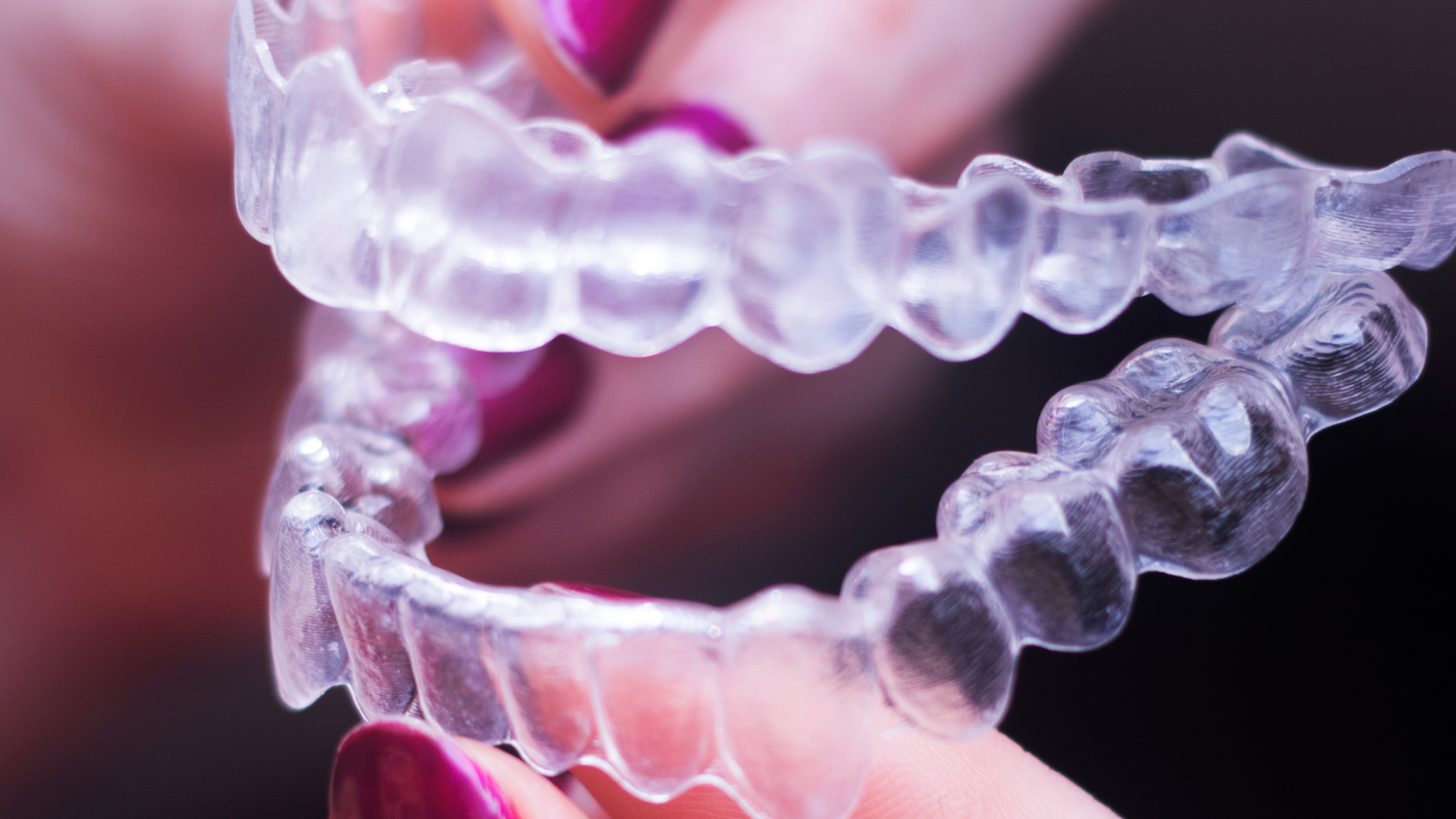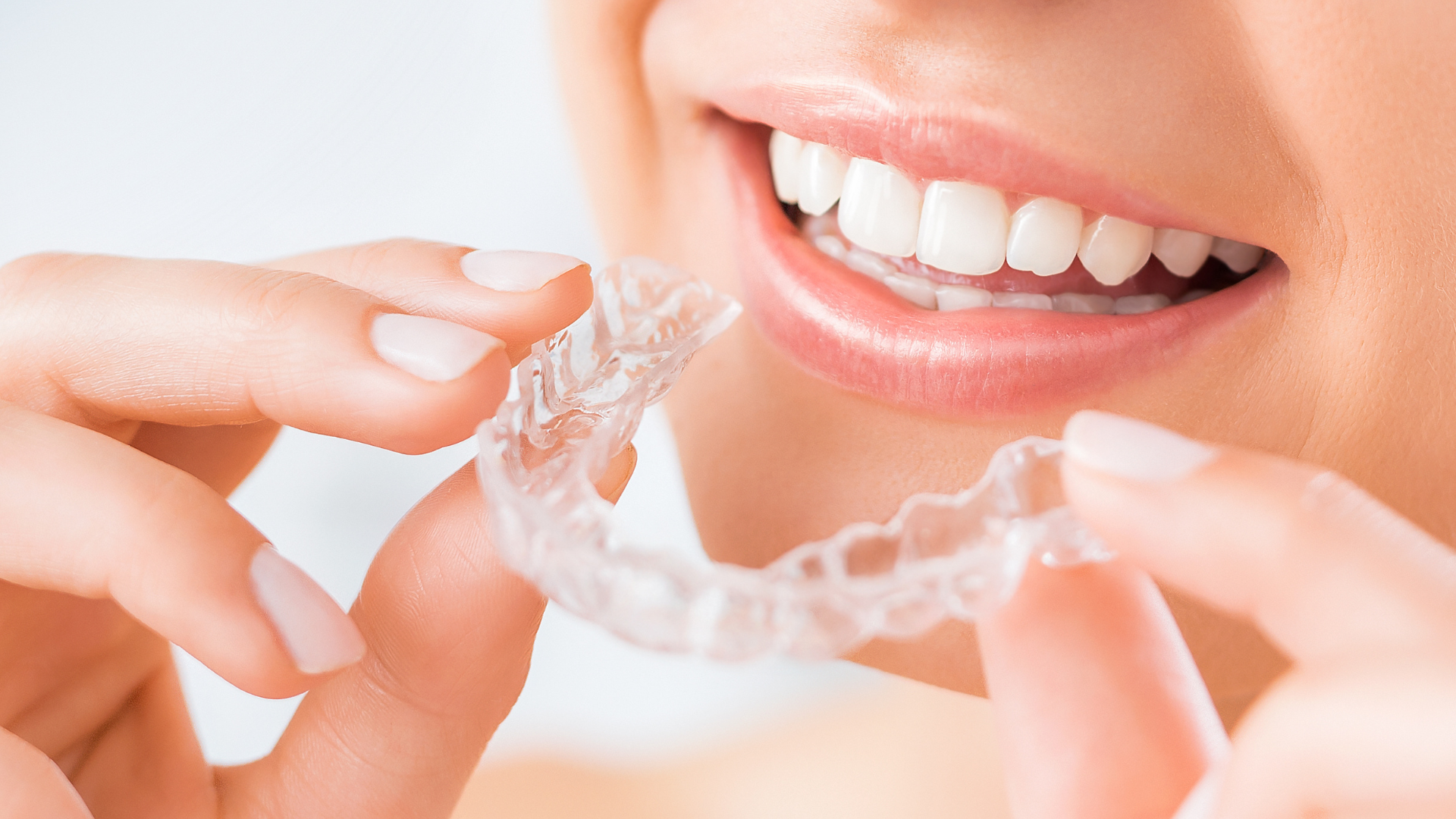How Long Does Invisalign Take? Timelines by Age and Case
Curious about
how long Invisalign takes? The answer depends on multiple factors—age, case complexity, compliance, and treatment type. This guide breaks down expected timelines for different scenarios, helping you set realistic expectations and stay motivated throughout your smile journey. With insights from clinical data, expert commentary, and real-world examples, you’ll understand what influences treatment duration and how to optimize your results.
Average Treatment Duration for Invisalign
The typical range for Invisalign treatment spans 6 to 24 months, depending on individual needs. Most patients complete treatment within 12 to 18 months, though mild cases can finish in 6–9 months, and more complex cases may take 18–24 months or longer. Research shows the average adult treatment time is approximately 22.8 months, about 5 months longer than predicted, and often involves multiple refinement stages. Teen and adult timelines tend to align closely, though bone density and development can influence speed.
How Age Affects Treatment Time
- Teens
- Younger patients often experience faster outcomes. A comparison found average treatment times of 16.2 months for teens versus 36.6 months for adults, though the adult group included major modifications. Factors like ongoing jaw growth and more responsive bone structure can speed alignment.
- Adults
- Adults generally see good results within 12–24 months, depending on the case. Denser
bone structure may slow movement, but adults tend to comply better with wear schedules, balancing out biomechanics.
Complexity of Your Case: Mild to Complex
- Mild Issues (Crowding, Spacing)
- Minor alignment with up to 2–3 mm shift might finish in 6–9 months, offering quick results.
- Moderate Cases (Bite Misalignment, Multiple Misalignments)
- These typically require 12–18 months to align teeth and correct bites successfully.
- Complex Situations (Severe Crowding, Deep Bite, Rotation)
- Issues like rotations, overbites, or combination discrepancies can extend beyond 18 months, sometimes up to 24 months, especially with refinement phases.
Timeline Breakdown Stage-by-Stage
- Consultation & Scan (1–2 weeks)
Initial visit involves scans, X-rays, and treatment planning with a digital preview. - Aligner Fabrication (2–4 weeks)
Your custom trays are manufactured and ready for insertion. - Active Treatment (6–24 months)
Aligners are worn 20–22 hours/day, changing every 1–2 weeks. Regular checkups take place every 6–8 weeks. - Refinement Phase (as needed)
Additional aligners may be required to perfect results; around 2–3 refinement scans are common. - Retention (indefinite)
Wearing retainers post-treatment prevents relapse.
Role of Compliance in Treatment Time
Wearing aligners for the recommended 20–22 hours per day is crucial. Noncompliance is the most common cause for extended treatment duration. Missing checkups or switching trays late also lengthens the timeline. Remaining diligent ensures you stay on track.
Invisalign Express vs. Full Treatment
- Invisalign Express is ideal for minor cases and can conclude within 3–6 months.
- Invisalign Full, for broader needs, spans 12–18 months and may extend beyond with complex corrections.
Comparative Speed: Braces vs. Invisalign
Conventional braces often take 18–36 months, especially for complex orthodontics. In contrast, Invisalign typically concludes in 12–18 months, offering both speed and convenience, especially in mild-to-moderate cases.
How to Potentially Shorten Treatment
- Strict compliance with wear time
- Timely tray changes every 1–2 weeks
- Maintain oral hygiene to avoid delays from dental issues
- Use adjunct tools like Propel or AcceleDent if recommended.
Following these strategies can streamline progress and reduce refinement needs.
Post-Treatment and Retention
Completion doesn’t end with the final tray. Wearing a retainer—often nightly—is essential for maintaining alignment. Some providers suggest Vivera retainers for long-term stability. Retention preserves your smile for years to come.
Final Thoughts & Expectations
- Mild cases: 6–9 months
- Typical adult cases: 12–18 months
- Complex situations: 18–24 months (or longer)
- Teen treatment may be slightly faster.
- Average real-world duration tends toward ~23 months due to refinements.
Start your treatment journey with a clear plan and realistic timeline to feel in control.
Conclusion: Your Path to a Straighter Smile
Invisalign timelines vary, but understanding how age, case complexity, and compliance come into play empowers you to plan confidently. Whether your treatment is a quick 6-month tweak or a comprehensive 18-month project, knowing the path ahead helps maintain motivation. If you're ready for a personalized consultation and tailored timeline, reach out to us today—we’d love to guide your journey to a straighter, healthier smile.





